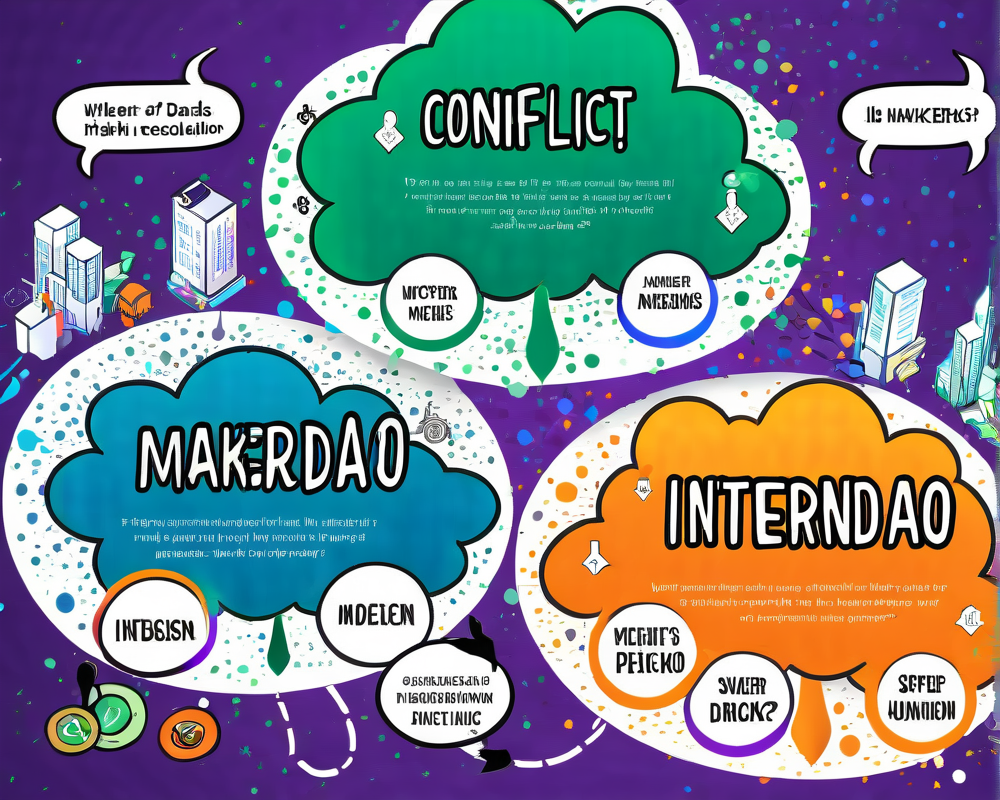The Quest for Stability
In the tumultuous world of cryptocurrency, stability is akin to searching for a unicorn at a rodeo. Enter DAI—a stablecoin that aims to maintain parity with the US dollar. Launched by MakerDAO in December 2017, DAI’s mechanism relies on over-collateralization with ether (ETH). Much like putting down a security deposit for an apartment, you deposit more ETH than the DAI amount you wish to mint, allowing you to reclaim your collateral later. However, this elegant blueprint is getting a bit wobbly lately.
The Recent Fluctuations
Despite the theoretical backbone, DAI’s value has dipped below its $1 target for much of 2019. It even went as low as $0.95—yikes! To combat this, MakerDAO’s community—think of them as the folks trying to fix a squeaky wheel—has voted five times this year to increase the stability fee. The latest? A steep hike to 11.5% annually. Will it work? Your guess is as good as mine, but the optimism in the air is as palpable as a kid in a candy store.
Understanding the Supply-Demand Dilemma
According to Steven Becker, the OG of MakerDAO, the trouble lies in the classic economic principle: supply and demand. With the supply of DAI eclipsing demand, the price has drifted below the peg. It’s not rocket science; it’s basic math. More users want DAI to leverage their ETH, but ironically, the demand for the stablecoin itself isn’t skyrocketing.
CDPs in the Picture
Let’s break this down a bit. When users deposit ETH, they open what’s called a Collateralized Debt Position (CDP) and, in return, receive DAI tokens. However, this process incurs a stability fee, which grows over time, incentivizing users to repay their DAI to avoid accruing further charges. It’s almost like a student loan—but with crypto!
The Suggestions for a Fix
Now, MacGyvering a solution is no easy task, and opinion is sharply divided among community members. Some are questioning the long-term viability of the stability fee as a pegging mechanism. Jeremy Dahan, a notable industry figure, is throwing down the gauntlet, suggesting that pegging DAI to a stable asset may be the way forward. But guess what? That’s not an option for MakerDAO. So, what’s next?
Potential Paths Forward
- Increase interest rates on MakerDAO loans
- Boost DAI usage to elevate demand
- Limit DAI supply to keep it stable
- A combination of all the above
Advocates of this mix-and-match approach are optimistic, and it seems the community is leaning that way, hoping for democratic solutions to ease DAI’s roller-coaster ride.
The Governance Tango
Speaking of democracy, MakerDAO’s anonymous governance structure has drawn fire. In an April community call, ex-legal counsel Chris Padovano kept calling for more transparency, and rightly so. With whispers of board members being pressured to resign, scrutiny is heating up. Transparency isn’t just a buzzword; it’s crucial for community trust.
Multi-Collateral DAI on the Horizon
In a bid for better stability, MakerDAO is also pursuing a multi-collateral version of DAI. This would expand the types of collateral accepted, lessening reliance on ETH alone. Becker believes this could level the playing field, and let’s face it, it’s not a moment too soon.
The Road Ahead
Despite the hurdles, the MakerDAO community is optimistic about DAI shedding its stability woes. Baker sees a future where DAI and its derivatives might become the “default stablecoin” for crypto-native ventures. If predictions hold, DAI’s coming months might just be a wild, successful ride.




